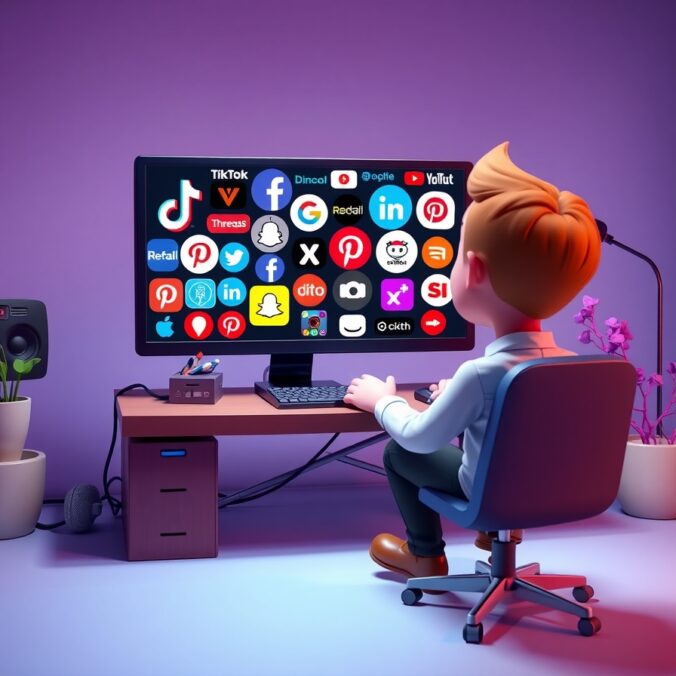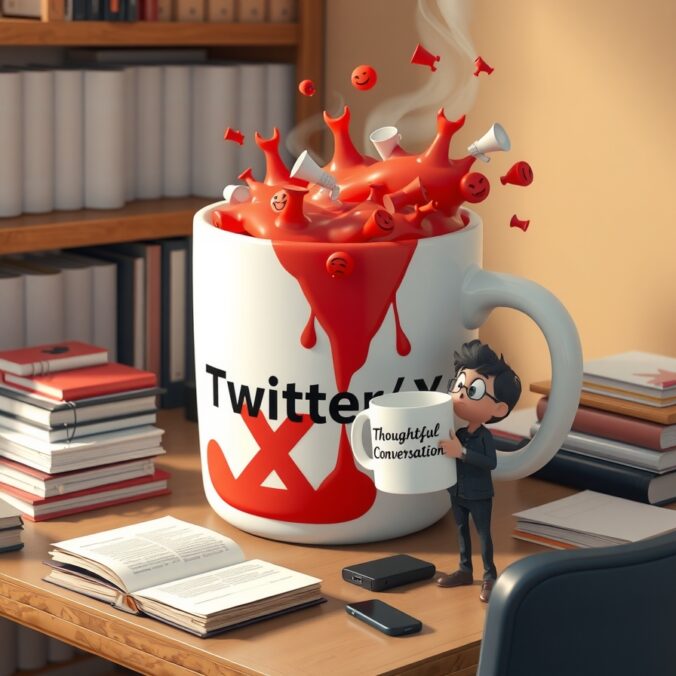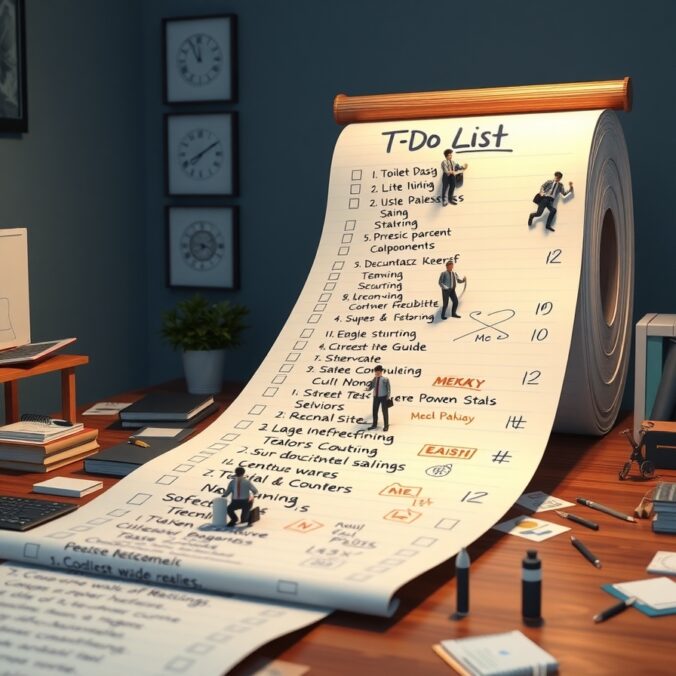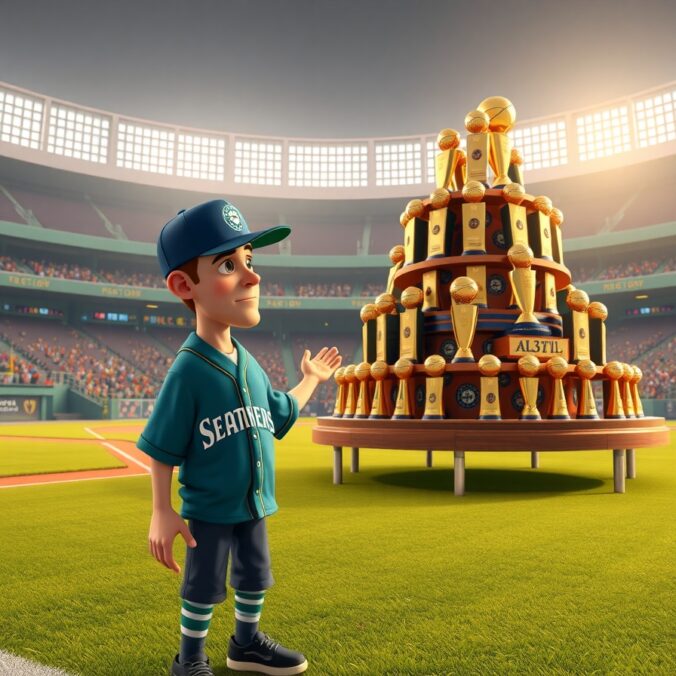Well its that time of year. Opening Day. Yay?
Man, I used to love Baseball Opening Day. So much hope. If this falls right, and that goes our way, and if that guy has a great year, then we can win it!
But, I’m jaded now. When your team has a publicly stated goal of going 87-75 every year and maintaining a profit, it’s hard to get more excited than they do.
But its a fun time to look at stats anyway. It is baseball after all. So lets open up to a couple of pages.
Read more: Here We Go Again
1) Championships by Team (MLB, NFL, NBA, MHL, MLS)
Overall Stats:
Total Franchises with titles: 74 (out of 160)
- Baseball: 23 (out of 30)
- Football: 20 (out of 32)
- Basketball: 20 (out of 30)
- NHL: 19 (out of 32)
- MLS: 15 (out of 29)
Teams
11 Titles
7 Titles
6 Titles
- Chicago Bulls (NBA)
- LA Galaxy (MLS)
- New England Patriots (NFL)
- Pittsburgh Steelers (NFL)
5 Titles
- Boston Celtics (NBA)
- Edmonton Oilers (NHL)
- Golden State Warriors (NBA)
- New York Islanders (NHL)
- Pittsburgh Penguins (NHL)
- San Antonio Spurs (NBA)
- San Francisco 49ers (NFL)
4 Titles
- Boston Red Sox (MLB)
- D.C. United (MLS)
- Dallas Cowboys (NFL)
- Kansas City Chiefs (NFL)
- Los Angeles Dodgers (MLB)
- Montreal Canadiens (NHL)
- New York Giants (NFL)
- San Francisco Giants (MLB)
3 Titles
- Chicago Blackhawks (NHL)
- Columbus Crew (MLS)
- Denver Broncos (NFL)
- Detroit Pistons (NBA)
- Detroit Red Wings (NHL)
- Las Vegas Raiders (NFL)
- Miami Heat (NBA)
- New Jersey Devils (NHL)
- Philadelphia Phillies (MLB)
- St. Louis Cardinals (MLB)
- Washington Commanders (NFL)
2 Titles
- Atlanta Braves (MLB)
- Baltimore Ravens (NFL)
- Colorado Avalanche (NHL)
- Florida Panthers (NHL)
- Houston Astros (MLB)
- Houston Dynamo FC (MLS)
- Houston Rockets (NBA)
- Los Angeles Rams (NFL)
- Miami Marlins (MLB)
- Minnesota Twins (MLB)
- Oklahoma City Thunder (NBA)
- Philadelphia Eagles (NFL)
- San Jose Earthquakes (MLS)
- Seattle Sounders FC (MLS)
- Sporting Kansas City (MLS)
- Tampa Bay Buccaneers (NFL)
- Tampa Bay Lightning (NHL)
- Toronto Blue Jays (MLB)
1 Title
- Anaheim Angels (MLB)
- Anaheim Ducks (NHL)
- Arizona Diamondbacks (MLB)
- Boston Bruins (NHL)
- Carolina Hurricanes (NHL)
- Chicago Bears (NFL)
- Chicago Cubs (MLB)
- Chicago White Sox (MLB)
- Cleveland Cavaliers (NBA)
- Dallas Mavericks (NBA)
- Dallas Stars (NHL)
- Denver Nuggets (NBA)
- Detroit Tigers (MLB)
- Kansas City Royals (MLB)
- Milwaukee Bucks (NBA)
- New Orleans Saints (NFL)
- New York Mets (MLB)
- Philadelphia 76ers (NBA)
- Portland Trail Blazers (NBA)
- Seattle Seahawks (NFL)
- Texas Rangers (MLB)
- Toronto Raptors (NBA)
- Washington Nationals (MLB)
- Washington Wizards (NBA)
2) Championships by City
Los Angeles – 26 Titles
Dodgers (MLB) – 6
Lakers (NBA) – 11
Rams (NFL) – 2
Kings (NHL) – 2
Galaxy (MLS) – 5
Boston – 20 Titles
Red Sox (MLB) – 4
Patriots (NFL) – 6
Celtics (NBA) – 8
Bruins (NHL) – 2
Revolution (MLS) – 0
New York – 15 Titles
Yankees (MLB) – 5
Giants (NFL) – 3
Mets (MLB) – 1
Rangers (NHL) – 1
Islanders (NHL) – 4
Knicks (NBA) – 0
NYCFC (MLS) – 1
Chicago – 13 Titles
Bears (NFL) – 1
Bulls (NBA) – 6
Blackhawks (NHL) – 3
White Sox (MLB) – 1
Cubs (MLB) – 1
Fire (MLS) – 1
San Francisco – 12 Titles
49ers (NFL) – 5
Giants (MLB) – 3
Warriors (NBA) – 4
Pittsburgh – 10 Titles
Steelers (NFL) – 4
Penguins (NHL) – 5
Pirates (MLB) – 1
Detroit – 8 Titles
Pistons (NBA) – 3
Red Wings (NHL) – 4
Tigers (MLB) – 1
Lions (NFL) – 0
Washington, D.C. – 8 Titles
Commanders (NFL) – 3
Capitals (NHL) – 1
Nationals (MLB) – 1
D.C. United (MLS) – 3
Denver – 7 Titles
Broncos (NFL) – 3
Avalanche (NHL) – 3
Nuggets (NBA) – 1
Rockies (MLB) – 0
Dallas – 6 Titles
Cowboys (NFL) – 3
Stars (NHL) – 1
Mavericks (NBA) – 1
FC Dallas (MLS) – 0
Rangers (MLB) – 1
Houston – 6 Titles
Astros (MLB) – 2
Rockets (NBA) – 2
Dynamo (MLS) – 2
Kansas City – 5 Titles
Chiefs (NFL) – 3
Royals (MLB) – 2
Miami – 5 Titles
Heat (NBA) – 3
Marlins (MLB) – 2
Dolphins (NFL) – 0
Inter Miami (MLS) – 0
San Antonio – 5 Titles
Spurs (NBA) – 5
Tampa Bay – 5 Titles
Buccaneers (NFL) – 2
Lightning (NHL) – 3
Philadelphia – 4 Titles
Eagles (NFL) – 1
Phillies (MLB) – 2
76ers (NBA) – 1
Flyers (NHL) – 0
Union (MLS) – 0
Seattle – 4 Titles
Seahawks (NFL) – 1
Sounders (MLS) – 2
Supersonics (NBA) – 1
St. Louis – 4 Titles
Cardinals (MLB) – 2
Blues (NHL) – 1
Rams (NFL) – 1
Toronto – 4 Titles
Blue Jays (MLB) – 2
Raptors (NBA) – 1
Toronto FC (MLS) – 1
Atlanta – 3 Titles
Braves (MLB) – 2
United (MLS) – 1
Baltimore – 3 Titles
Ravens (NFL) – 2
Orioles (MLB) – 1
Columbus – 3 Titles
Crew (MLS) – 3
Milwaukee – 2 Titles
Bucks (NBA) – 2
Minneapolis – 2 Titles
Twins (MLB) – 2
Portland – 2 Titles
Timbers (MLS) – 2
Cincinnati – 1 Title
Reds (MLB) – 1
Cleveland – 1 Title
Cavaliers (NBA) – 1
Las Vegas – 1 Title
Golden Knights (NHL) – 1
New Orleans – 1 Title
Saints (NFL) – 1
Oklahoma City – 1 Title
Thunder (NBA) – 1
Phoenix – 1 Title
Diamondbacks (MLB) – 1
Salt Lake City – 1 Title
Real Salt Lake (MLS) – 1








